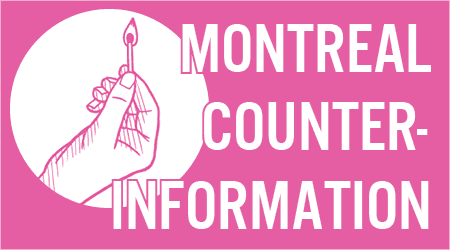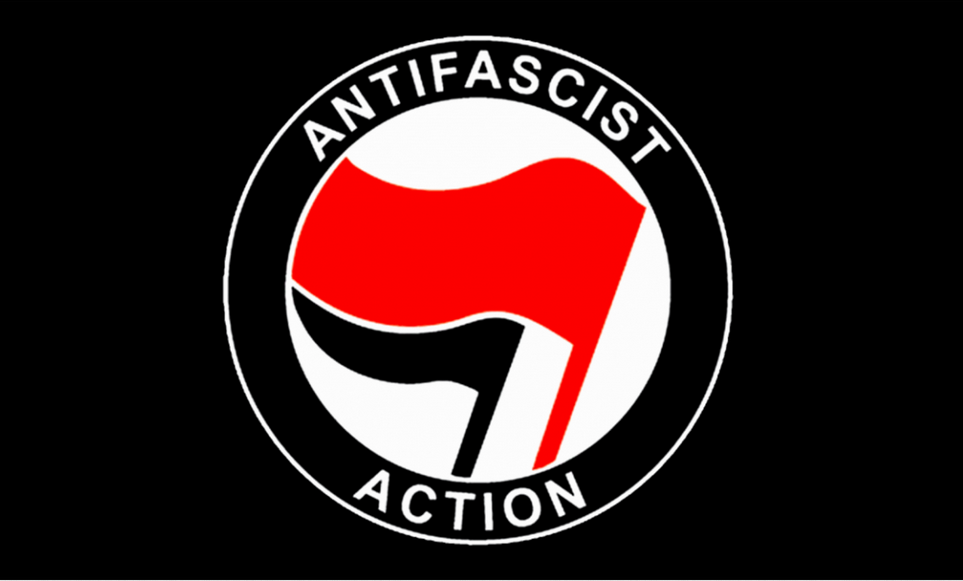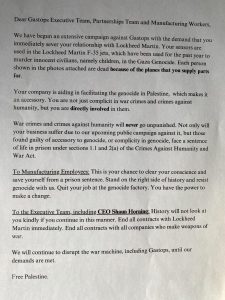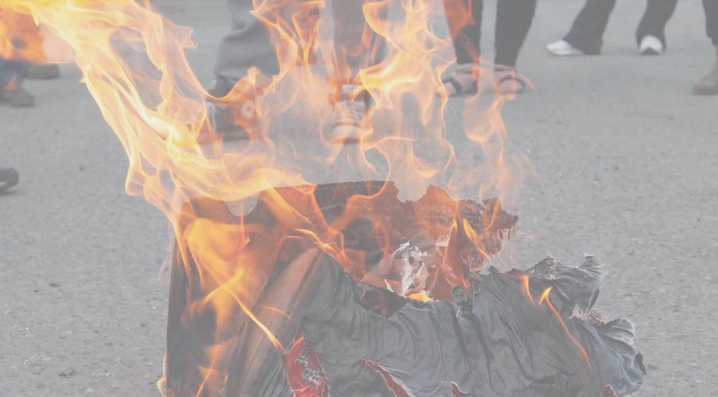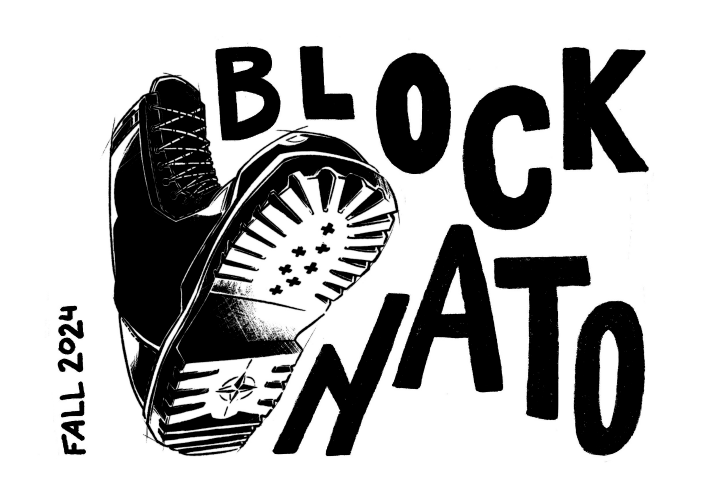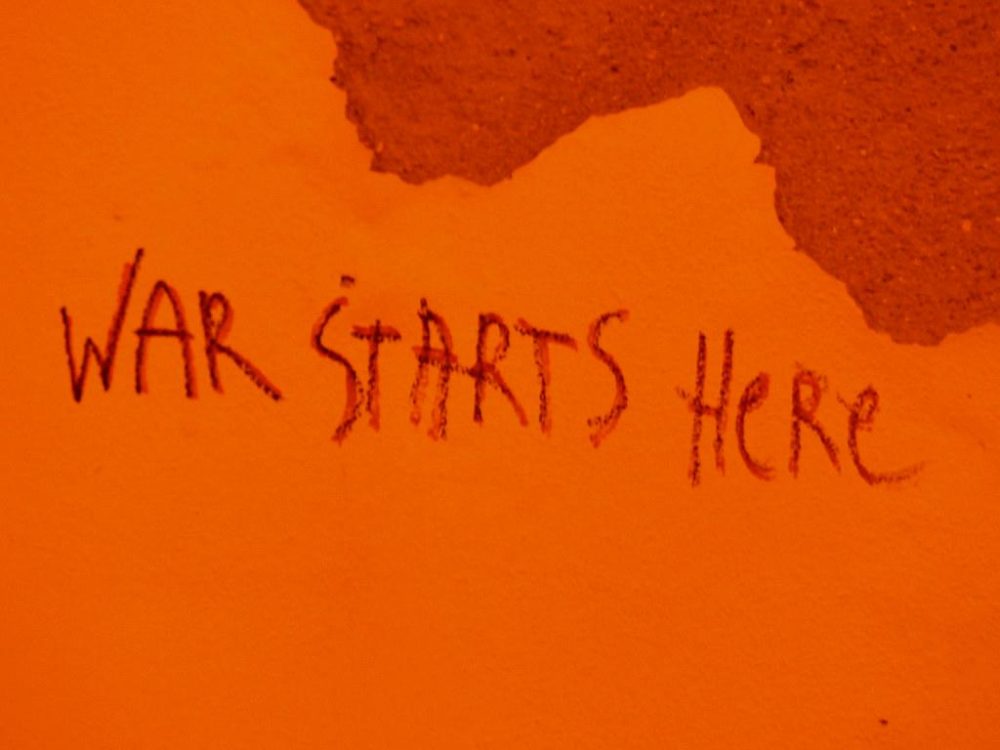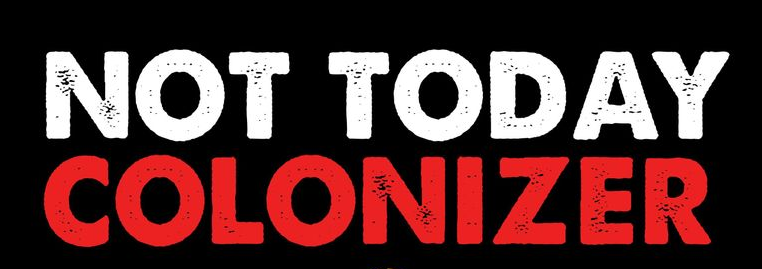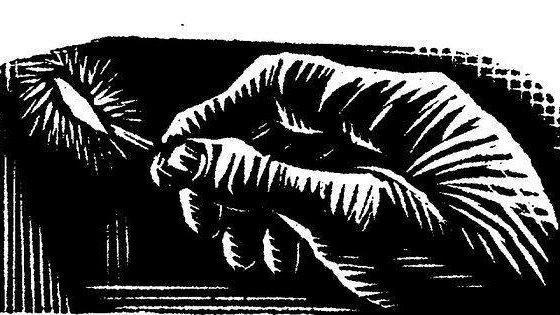
Anonymous submission to Puget Sound Anarchists
[I am writing as an insurrectionary anarchist in the u$a and speaking to that context]
Unity Of Fields is a counter-info project that emerged in August of 2024. They describe their project as “a militant propaganda front against the US-NATO-zionist axis of imperialism.” It used to be Palestine Action US and has since changed its orientation. It has a website and some social media accounts, some of which have are banned at the time of this writing, they seem to be most popular on Telegram. Although it links to mostly anarchist sources for technical knowledge, Unity Of Fields does not seem to be an anarchist project and their political reading and media suggestions are all over the map. They suggest classic decolonial texts by Fanon and Cesaire, Black liberation writings from the BLA and BPP, texts from various Palestinian resistance factions, as well as authoritarian communists like Lenin and Mao among others.
Mostly their website is a clearing house for news, action analysis, and communiques. Many of the communiques posted are original submissions though they also repost from other counter-info projects and from social media. They also post some of their own original writings to their website. The fact that they post sketchy criminal stuff and link to technical advice on how to better carry out insurrectionary forms of struggle is probably a large part of why they are discussed in anarchist circles at all.
What does the emergence of a project like Unity Of Fields mean for us as anarchists? For one thing Unity Of Fields expands some spaces we occupy as anarchists — the combative struggle space and the digital counter-info space. We are clearly not the only ones re-coloring walls, opening windows, and carrying out our little sabotages and then writing about it, though at least for now others seem to look to our collective knowledge and experience for technical guidance. We are sharing a struggle space, one which is not limited to riotous moments and combative demonstrations, with other rebels who have made themselves visible to us. We are being included (at least some of the time) in a dialogue with other rebels through the sharing of our words and news of our actions, and anarchists have shared writings from Unity Of Fields on our own websites.
Local struggles against zionism, imperialism, and colonialism are visibly taking on more destructive, decentralized, anonymous, and autonomous approaches, a long-term dream of insurrectionary anarchists, yet new questions arise for us. How do we want to contend with other rebels with whom we have ideological differences and tactical similarities? How do we avoid getting lost in the vanguardist, unifying, nationalist tendencies that often accompany revolutionary leftist approaches to combative struggle? Are we interested in conspiring with these others outside the spontaneity of spiky demonstrations, occupations (and potentially riots), and if so how?
As anarchists we both seek to expand and connect anarchic forms of struggle yet also hold a healthy skepticism of unity with people who don’t hold anti-authoritarian views of freedom. Our history includes many betrayals by the left and progressives, from peace policing at demonstrations to executions and imprisonment from newly established revolutionary governments. The question of who to coalesce with and why is not an easy one, and one that is best addressed on a case by case basis. The appearance of Unity Of Fields potentially facilitates the dialogues and understanding that can help us better decide if and how we want to team up. As anarchists can often find ourselves isolated from others who we may have some political parallels with, the opening up of a “militant propaganda front” is a bridge to dialogue and learn across. This is not a call to join forces with anyone on the basis of being anti-zionist or anti-amerikkkan, it’s simply a reminder to always be analyzing the changing terrain around us and to think critically as we carry forward our struggles.
“Towards The Last Intifada” and “Towards Another Uprising” seem to be the beginnings of a dialogue among anarchists that address some of these questions. I look forward to more.
Relevant Readings:
Unity Of Fields: Opening Up A New Front
Archipelago – affinity, informal organization, and insurrectional projects
Voices from the Front Line Against the Occupation: Interview with Palestinian Anarchists
PS: Some Thoughts On Spectacle
Many if not most of the actions posted to Unity Of Fields are accompanied by some visual media, usually photos, sometimes videos. I want rebels to consider some pitfalls of spectacularizing our struggles. Every photo or video is another crumb for the state to eat up as part of their investigations. Digital media can offer up metadata about where and when and what kind of device it was recorded on if not properly removed. Footage that shows rebels gives the state valuable information, such as number of participants, approximate time of day, whether any passersby were present, as well as biometric data even when a person is masked. Height, skin tone, gait, approximate weight, and other information can be determined from even grainy footage.
Additionally there are the downsides of understanding our struggles in a quantitative way. This approach may blunt the qualitative changes that participating in struggle can bring us individually and collectively. Of course propaganda is useful, the seductive appeal of revolt is made easier with imagery, and these things must be weighted out, no struggle will be pure. I want to remind us that though this is the path that is being worn into the ground, it is not the only one, and should we choose it let us choose it intentionally.


